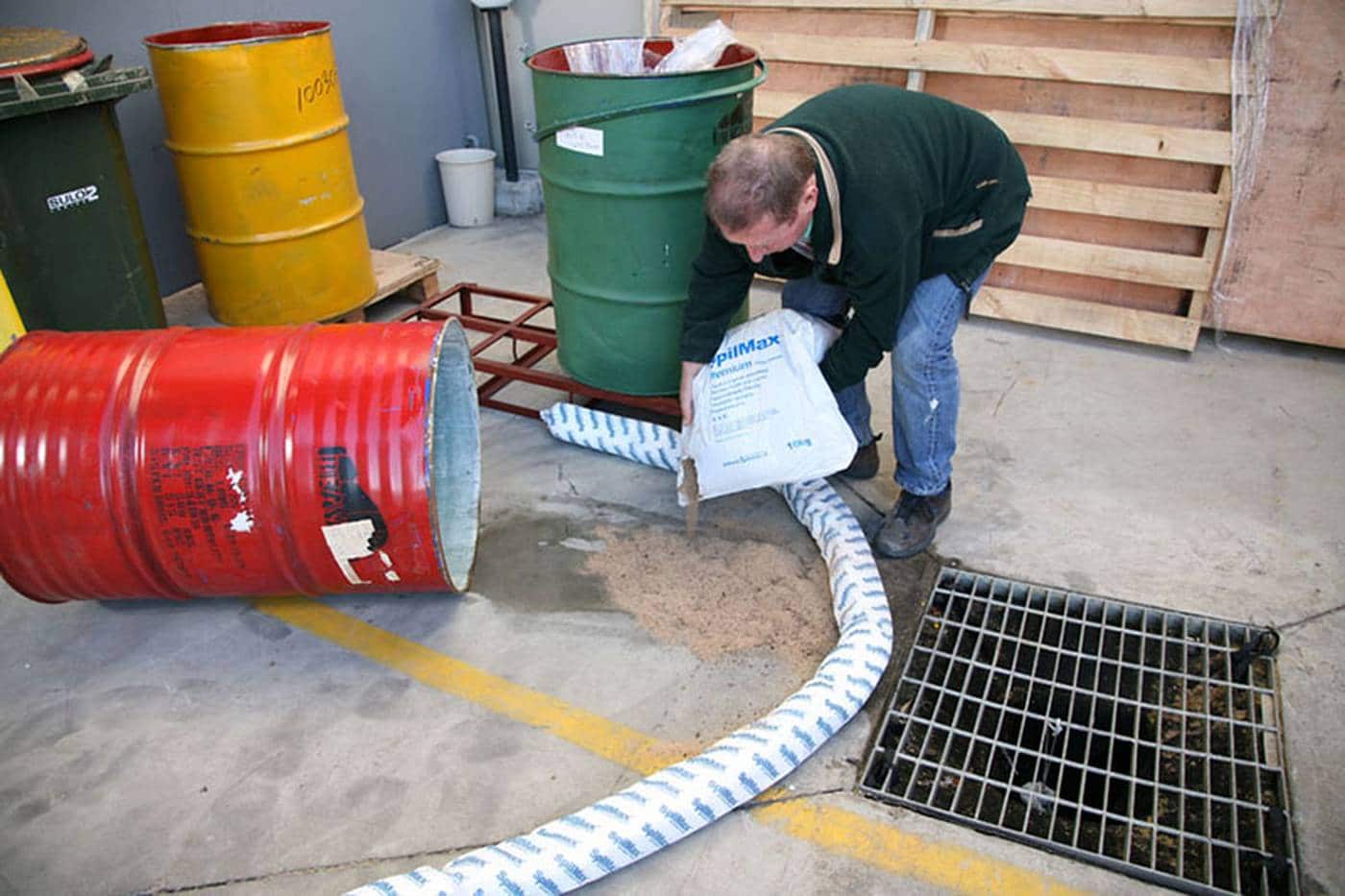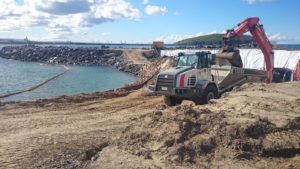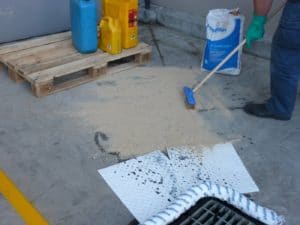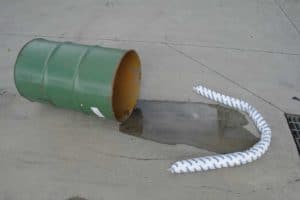
Whilst having a spill response kit is a positive move for a business in addressing its environmental awareness (and compliance) the types of spill kit need to be the right one for the risk in its vicinity.If you have a car park, for example, the main risk of spill is for oils and fuels to leak from vehicles and potentially enter the waterways. There would be little point in having a hazchem spill kit located nearby. It may be semi effective in containing the spill, but as far as absorbency – it would soak up any water at the same rate as the oil – reducing its own capacity.Similarly, in the foyer of a laboratory, where the potential spill would be chemical, an oil only (hydrophobic) spill response kit would be less useful than would a hazchem kit.
So what typed of spill kit would you use in a factory. Or a warehouse. Or a mechanical / engineering workshop. What about in a battery storage area?
The simple logic is to understand what the main risk is, and address it.
There are a few types of spill control kits available.
Types of spill kit
Oil & Fuel Spill Kits – This is usually broken down to premium components and standard (or budget) products that may do the same job, but take a little longer to do it, and would effectively absorb hydrocarbons (oils) but not water. The absorbent booms (contain and absorb), pads and wipes (absorb) are made of hydrophobic fabric – that will not soak up water but will absorb oil.
Universal Spill Kits – This is best for use where water and solvents in water are the potential risk. Sufactants that are difficult to filter out, or detergents that can not go down the drain without written governmental authority. The products in these spill kits will absorb water, oil and solvents at a similar rate.
Chemical Spill Kits – These may contain no floor sweeps – simply because of the nature of the potential spill. Who wants to stand over a fuming chemical spill to sweep in an absorbent? Equipped with PPE gear, these kits would normally contain more absorbent pads and booms to soak up the spill. Obviously, these are, as the name suggests, for hazardous chemical spills. Laboratories and chemical stores for example.
For information on spill kits and their components, speak to a reputable business. A specialist. Have an environmental auditor make an assessment and use the information wisely.






